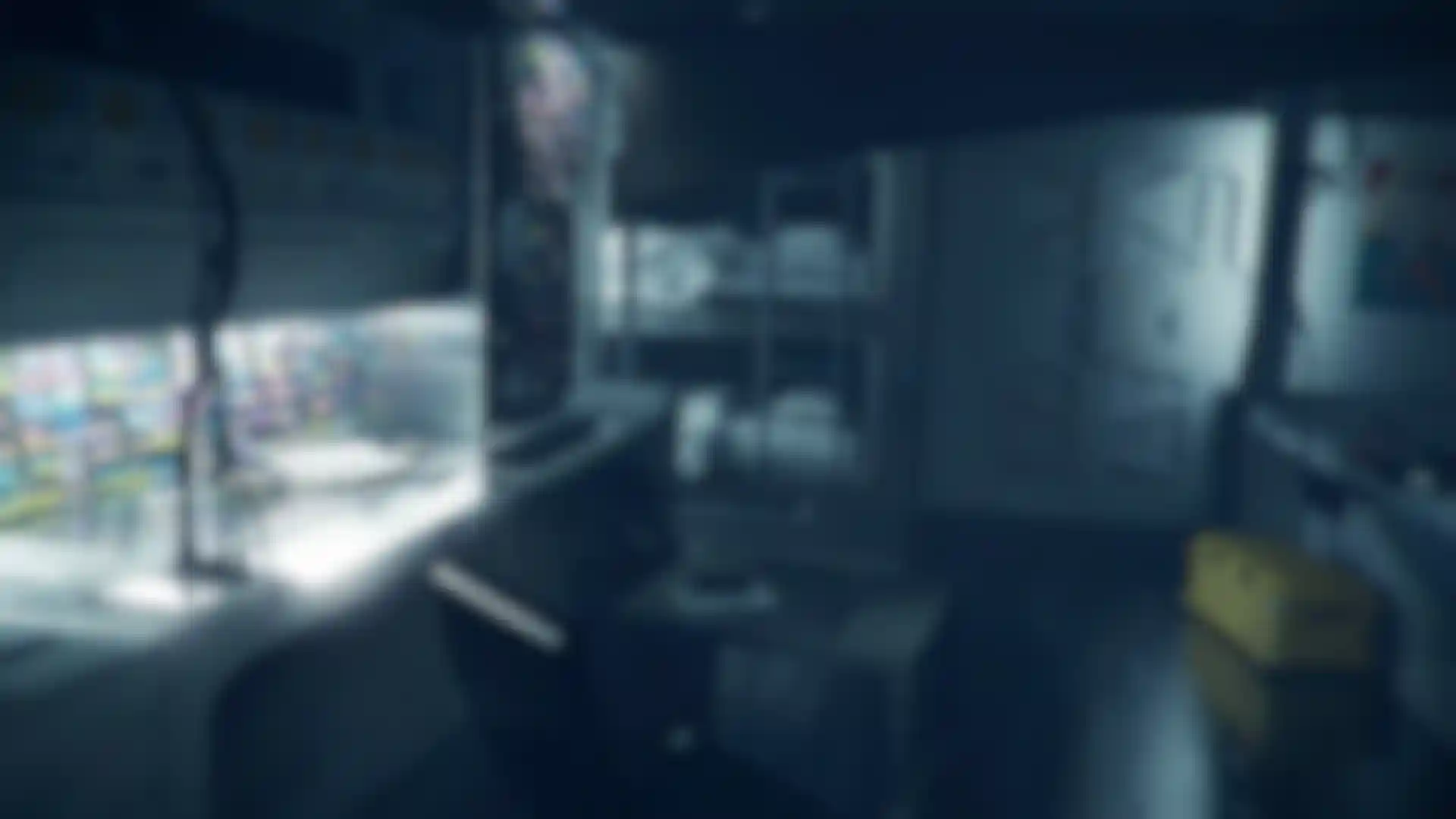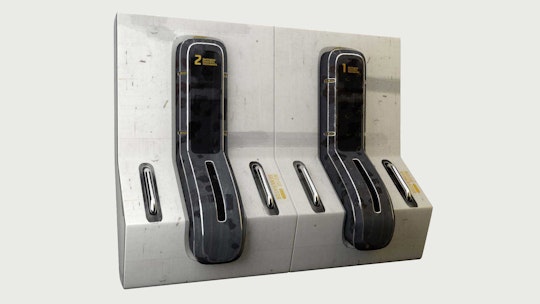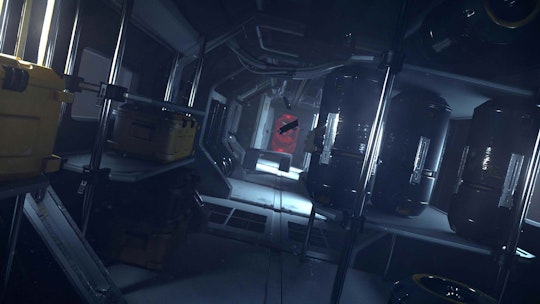
The Last Flight of Astronaut #909 With its animated short '909 Depart', Uber Eck let their creativity roam free with Cinema 4D for their most elaborate project yet.
The short film '909 Depart' from Munich, Germany-based Uber Eck studios tells the tragic story of astronaut #909, the last surviving human in an abandoned space station orbiting a dying planet Earth. He eventually decides to accept his bleak fate and pushes into the depths of space to get a final look at the blue planet.
Originally, this project started as a test project for the Uber Eck team (Tobias Alt, Niklaus Hofer and Sebastian Schmidt). Whenever they wanted to test new tools or functions in Cinema 4D, '909 Depart' was used as a testing ground. The Uber Eck team also wanted to push their creative limits with this project and prove that they can do much more than just shade, light and render nice 3D objects. '909 Depart' was a conscious departure from their conventional everyday work, which generally had to be completed within a tight deadline. In the end, the trio worked on '909 Depart' over five months in-between client projects.
After the project's concept had been finalized, the team first created an animatic with a large space station frame and conceptual camera moves. One of the team members continually fine-tuned the camera animation and the remaining team members modeled the rest of the space station.
Uber Eck modeled the majority of the models in Cinema 4D and took advantage of the speedy workflow the Polygon Pen tool offered, as Niklaus explains: "The Polygon Pen makes polygon modeling much faster and even makes it possible to spontaneously design new objects while you're working." Since this tool combines so many important modeling functions, the designers were able work fluidly and comfortably, without having to constantly switch to a different tool. The team quickly got used to functions such as welding points, edges and polygons and sorely missed these when later working with other 3D applications.
The team used the Take System in Cinema 4D to render the scene from
multiple camera angles, each of which showed a different shot space
station. This made it possible to quickly create preview renderings for
fine-tuning the scenes.
This project remained challenging to the end: The film's premier and its comic rendition by Martin Hager took place at the Science&Fiction Festival 2016 in Munich, Germany. In order to finish on time, the team made a very precise calculation of the time needed to render the project and were rewarded for their efforts with just four hours to spare before the film was to premier - which is also when the Uber Eck team saw the final film for the very first time!
Uber Eck website
http://ubereck.com/
Music by http://www.brothersfour.com/
Audio design by http://www.reddawn.audio/









